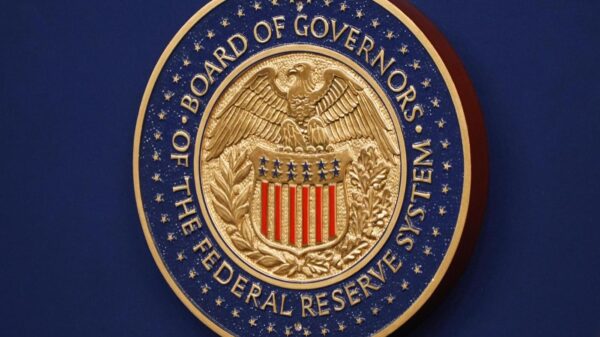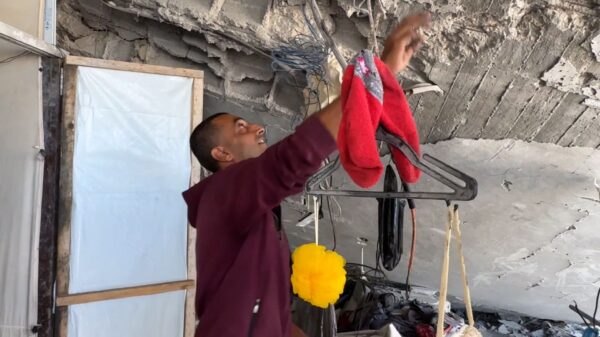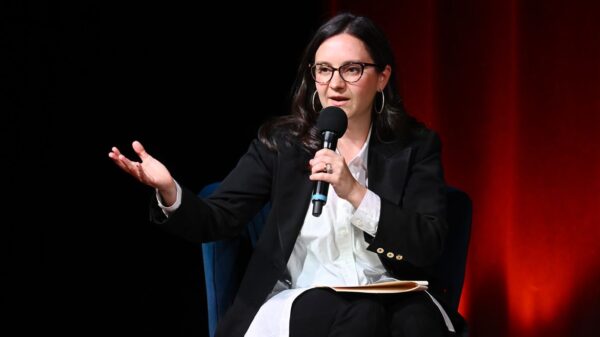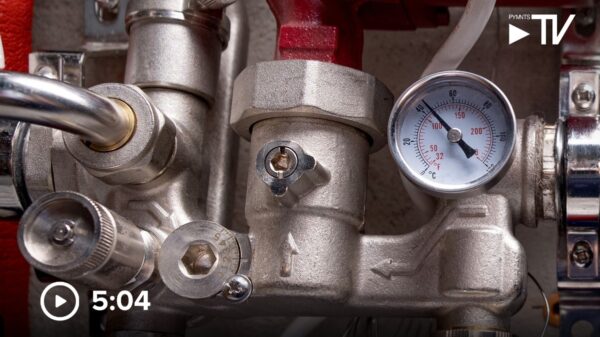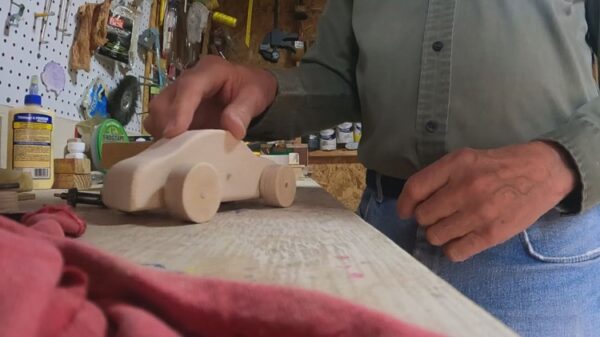URGENT UPDATE: New insights from experts reveal critical strategies for homeowners as temperatures rise. With electricity costs surging by 5.5% in July compared to last year, the debate over whether to leave air conditioning (AC) units running while away or turn them off has intensified.
Experts from various institutions, including the U.S. Department of Energy, are advising homeowners to adjust their AC settings while they are out to achieve significant energy savings. While some believe turning the AC off entirely when leaving for the day is the most efficient method, others warn that this approach can lead to humidity issues and increased wear and tear on AC units.
According to Elizabeth Hewitt, a professor at Stony Brook University, if you’re leaving for short trips, such as grocery runs, turning off the AC offers no savings. However, for extended absences of around eight hours, she emphasizes, “you’ll almost always save more energy and money by turning things off.”
In regions with high humidity, like Florida, turning off the AC can elevate indoor moisture levels, leading to potential mold growth. In contrast, in drier climates such as Arizona, residents can afford to raise their thermostat a few degrees without significant consequences. Adjusting the thermostat by just 1°F can yield approximately 3% savings in cooling costs, notes Patrick Phelan, a mechanical engineering professor at Arizona State University.
The type of home you live in also plays a crucial role in determining energy efficiency. Homes constructed with materials like concrete or brick retain cool air longer, whereas older, draftier homes heat up more quickly. As Gregor Henze, an architectural engineering professor at the University of Colorado Boulder, explains, “in less insulated homes, it makes sense to adjust the thermostat even if you’re stepping out for just a few hours.”
Furthermore, the efficiency of AC units varies significantly. Window units, for example, are typically less efficient due to their inability to fully seal against hot air. Hewitt suggests using foam spray insulation in drafty areas as a low-cost solution to improve indoor temperature retention.
Smart thermostats are also gaining popularity, with experts indicating they can save homeowners around 10% on energy bills by automatically adjusting temperatures based on occupancy. Phelan highlights that these devices alleviate the need for constant manual adjustments, making it easier for homeowners to optimize their energy usage.
In addition to adjusting AC settings, experts recommend several practical strategies to keep homes cooler. Simple actions, such as closing blinds, can reduce indoor temperatures by several degrees. In humid areas, opening windows at night might introduce dampness, but in dry climates, it can bring in cool air without adding moisture.
As summer continues to heat up, homeowners are encouraged to adopt these expert recommendations immediately to enhance comfort and reduce energy costs. With ongoing changes in energy prices and summer temperatures on the rise, now is the time to reassess your air conditioning strategies for maximum efficiency.
Stay tuned for further updates as more insights emerge on effective energy-saving practices during this critical season.




